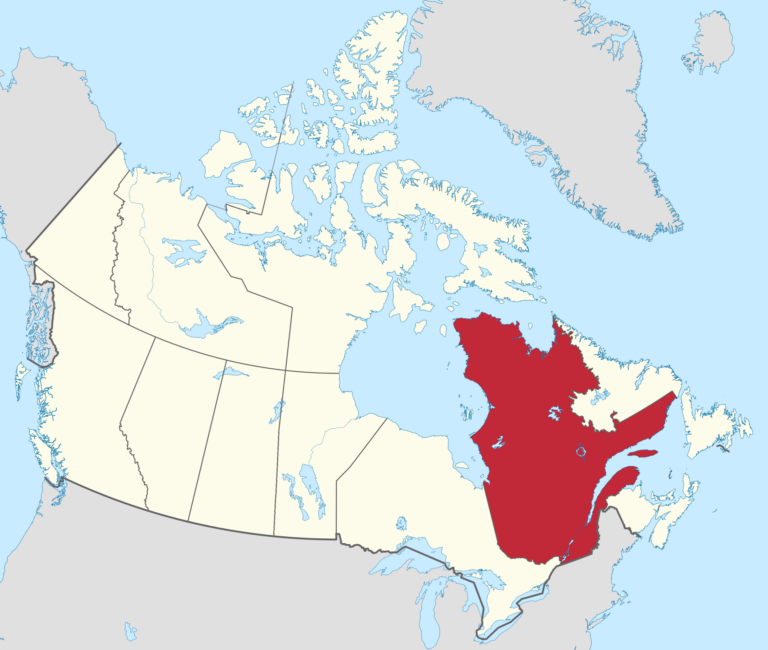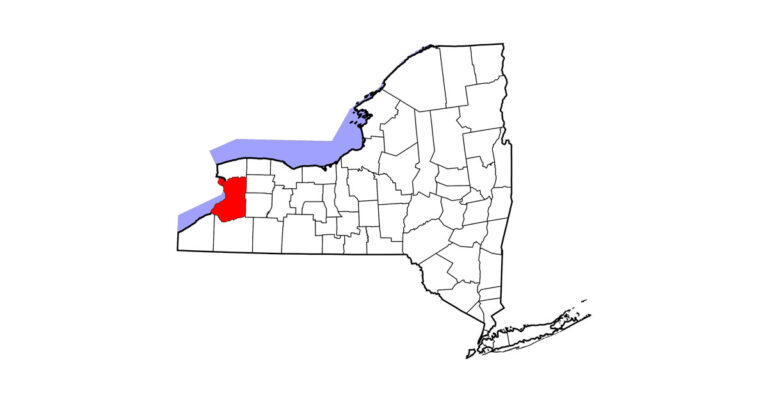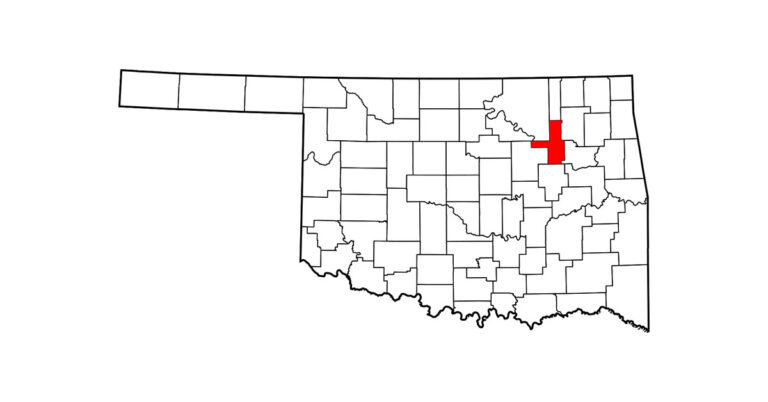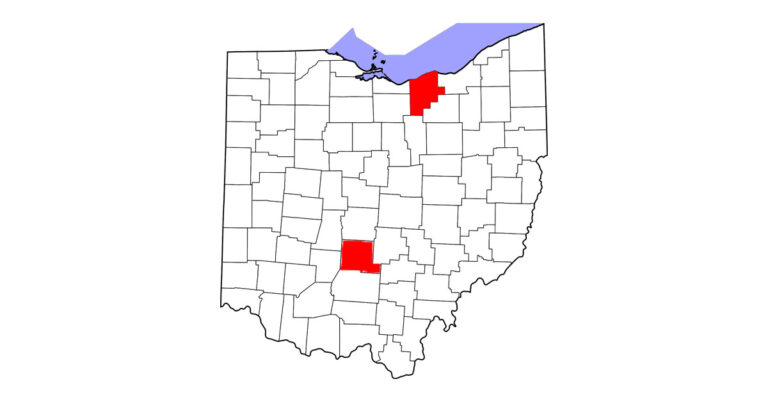Question: My 14-year-old hunter experiences mild lameness before he’s warmed up, and our veterinarian has diagnosed minor arthritis in the left foreleg. He prescribed phenylbutazone (bute) and says that’s all my horse needs to manage his pain for now. What else can I do to keep him in good condition so he’s able to compete?
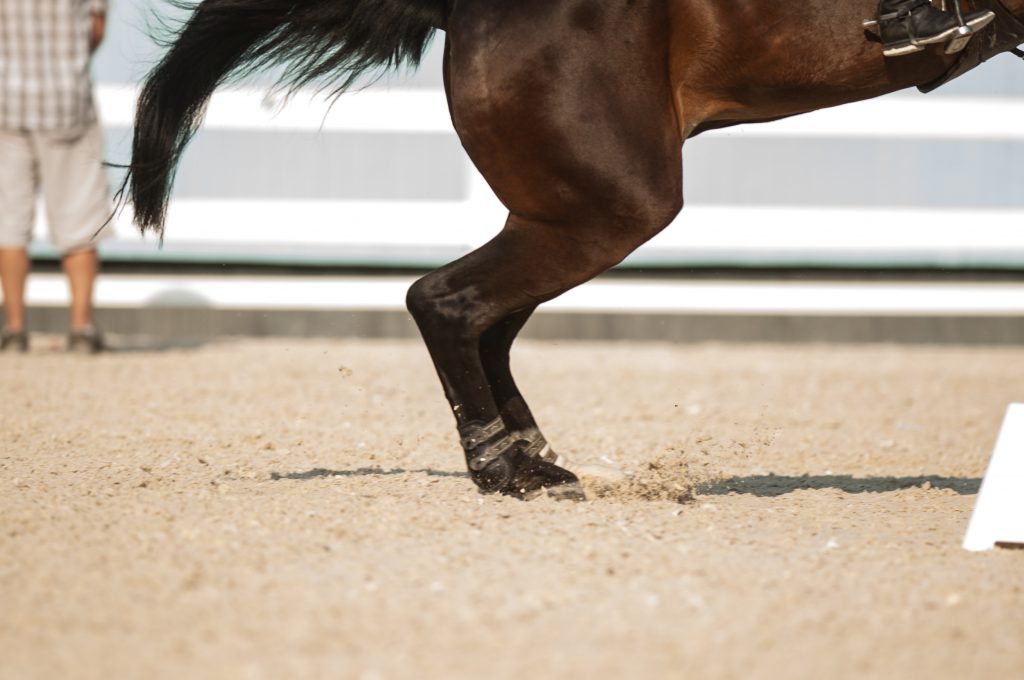
© Amy K. Dragoo
Answer: Unfortunately, there is no cure for arthritis. Inflammation from injury or use has triggered a destructive cascade of events, breaking down the lubricating synovial fluid, degrading the cartilage and remodeling the bone in and around a joint. But medication and management can slow the progression of the degenerative condition and help maintain your horse’s comfort so he’s able to perform.
The treatments for arthritis are many and varied. A number are proven; others have yet to be validated through sufficient clinical study. As a result, you’ll want to discuss what’s right for your horse with your veterinarian. The most widely recognized options include:
- NSAIDs. Phenylbutazone—a nonsteroidal anti-inflammatory drug—has long been used to ease arthritis pain, but over time it can damage the lining of a horse’s gastrointestinal tract. A newer type of oral NSAID, firocoxib, is similarly effective against inflammation and pain but is less likely to irritate the gut. A third choice is the topical NSAID diclofenac sodium, which is applied to the skin over an affected joint for pain relief.
- Injectables. Corticosteroids injected directly into the synovial fluid have long been used to halt inflammation and reduce pain. Injecting hyaluronic acid (HA)—a component of synovial fluid—into a joint or intravenously can also ease inflammation and may stimulate HA production. A newer treatment, synthetic polyacrylamide gel is injected into the joint to relieve inflammation and increase the viscosity of synovial fluid. An additional option is polysulfated glycosaminoglycan. A component of synovial fluid and cartilage, it is injected into muscle to reduce inflammation, stimulate synovial-fluid production and facilitate cartilage repair.
- Regenerative therapies. These treatments utilize certain substances in a horse’s own blood to deal with arthritis. In each case, processing a blood sample yields a concentration of components that are extracted and then injected into a joint to prevent further cartilage damage and possibly reverse it. These therapies include:
- autologous conditioned serum, which contains the anti-inflammatory protein interleukin-1 receptor antagonist protein and growth factors to trigger cell reproduction and stimulate healing.
- platelet-rich plasma, which delivers concentrated growth factors for repair.
- alpha 2 macroglobulin, which uses an enzyme in the blood to inhibit cartilage breakdown. It is a new regenerative therapy.
- mesenchymal stem cells, which are derived from fat or bone marrow to repair skeletal tissue such as cartilage and bone.
- Additional treatments. Two other procedures are recognized for treating arthritis. The first is extracorporeal shockwave therapy. A noninvasive technique, it is a method of applying energy waves to a particular area of the body to reduce pain and promote healing. The second procedure is surgery. In cases where arthritis is advanced and there is no other way to alleviate a horse’s pain, fusing a joint using chemical, laser or physical means permanently eliminates the source of friction and discomfort.
- Nutritional support. A number of commercial supplements are formulated to support equine joint health. Many of these oral nutraceuticals contain glucosamine, chondroitin sulfate and/or hyaluronan, substances found naturally in joints. Other common ingredients include polysulfated glycosaminoglycan, methylsulfonylmethane (MSM), soybean and avocado unsaponifiables, vitamin C and omega-3 fatty acids.
- Management. To help your horse maintain flexibility and condition, keep him active while minimizing the risks of overuse. Ride and compete as often as is reasonable; let his response to each outing be your guide. Provide plenty of turnout. Don’t confine him to a stall. Moderate exercise stimulates circulation to promote healing, builds muscle strength to stabilize joints and supports the production of synovial fluid. In addition, gentle concussion encourages the generation of bone and cartilage cells.
An additional benefit of exercise is that it burns calories so your horse can maintain a healthy weight. Extra pounds put extra stress on an already compromised joint. With this in mind, also consider what you are feeding. He will benefit from an increase in fiber (hay and grass). Also check that he is getting adequate amounts of vitamins and minerals.
The most important consideration in managing a horse showing signs of arthritis is tailoring his exercise program to promote his longevity. This means working him hard enough to gain the benefits of movement but not so much that the inflammation in his joints increases and makes the situation worse. Give him ample time to stretch during warm-up and cool-down. Determine whether he could benefit from ice or cold therapy after work. It may help to ride him on footing that provides some cushioning—but is not too soft—or in a well-maintained arena.
The intensity and nature of their work puts sporthorses at a greater risk of developing arthritis. Even so, your horse should be able to stay sound for some time and compete without pain as long as your expectations are reasonable and you work together with your veterinarian and farrier to determine the appropriate course of care.
Signs of Arthritis
Horses in the earliest stages of arthritis often show no signs. As the condition progresses, the most common signs include:
- lameness or limping
- stiffness or decreased joint movement
- joint swelling, heat and pain
- tenderness in the affected limb
- movement that varies depending on whether the horse is being ridden or longed
- uneven gait
- shortened stride
- reluctance to move freely forward
- loss of appetite
Practical Horseman thanks A. Kent Allen, DVM, for his technical assistance in the preparation of this article. Dr. Allen owns and operates Virginia Equine Imaging, located in The Plains, Virginia. Opened in 1996, it was the first privately owned and operated equine diagnostic imaging specialty clinic in the world. Today Dr. Allen and his staff offer comprehensive services focused on lameness, performance concerns and more for a clientele that ranges from pleasure horses to FEI competitors.





